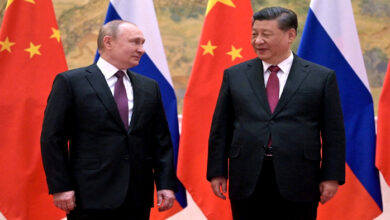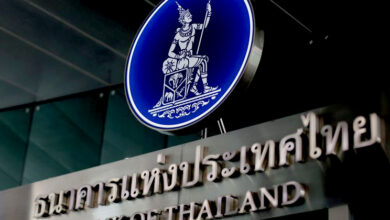Case study: Zambia shows China how inexperienced it is when it comes to debt relief-sources

London or Paris – China doesn’t have much experience with complicated debt restructurings, and its public lenders are slow to work together. This is holding up debt relief for Zambia, which is a test case for the top emerging market creditor.
Zambia was the first country in the COVID-19 pandemic to stop paying its debts in 2020. It was battling a debt load of 120 percent of GDP.At the end of 2021, it owed more than $17 billion to other countries. Of that amount, a third was owed to China, according to data from the Zambian government.
China agreed last month to co-chair Zambia’s official creditor committee with France. This was good news for Zambia’s government, which has made paying off the country’s debts a top priority since taking office last year.
Emerging market investors and other countries with a lot of debt are keeping a close eye on Zambia’s case to see how Beijing will treat overextended borrowers in the future.
Researchers at Boston University say that since 2000, China has given $160 billion in loans to African countries, making it the largest public lender to the continent.
“There is a learning curve for China, and we need to be aware of that,” said a French official who didn’t want to be named because the issue is sensitive.
The official also said that “delays in China’s internal processes” were a problem. He also said, “We also need better coordination within China, because there are a lot of lending agencies.”
The first meeting of the creditor committee hasn’t happened yet, but after a meeting in Germany this month, the G7 finance ministers asked China to “contribute constructively” to the debt relief process.
In a statement sent to Reuters by China’s foreign ministry, the country said it gave “great importance” to Zambia’s worries about debt and backed multilateral efforts to solve its debt problem.
‘COSTLY PRECEDENT’
Another source with knowledge of the situation said that while China’s central bank was willing to move forward, the finance ministry was afraid of “setting a costly precedent” elsewhere if it accepted big losses on loans made to Zambia.
The source also said that the Finance Ministry was especially concerned about China’s development banks, which give out most of China’s loans.
A third source familiar with the situation told Reuters that, in addition to coordinating its many lenders, China has been reluctant to join the Group of 20 leading economies’ multilateral debt process. Instead, it prefers bilateral negotiations, where it can focus on the country’s larger strategic goals.
When asked if delays were caused in part by problems with internal coordination and a refusal to take losses on loans, China’s foreign ministry didn’t say for sure.
The case of Zambia is likely to be closely watched in other places. Sri Lanka, for example, missed a payment on its debt for the first time this month and now owes money to China, India, Japan, and holders of Eurobonds, among others.
Zambia and the International Monetary Fund agreed on a $1.4 billion extended credit facility at the staff level in December. However, the money can’t flow until Lusaka and its creditors agree to reduce the debt to a level that is manageable.
In a statement, the Chinese foreign ministry said, “China is ready to work with the international community and continue giving Zambia the help it needs to deal with its current practical problems.”
Zambia’s finance minister has said many times that he hopes the talks will be over by the end of June. Analysts say this is an ambitious goal.
In an email response to a question about China’s role in the debt process, Zambia’s finance ministry said, “Our debt burden is choking our country’s growth potential, and the debt restructuring exercise is getting more and more important every day.”





